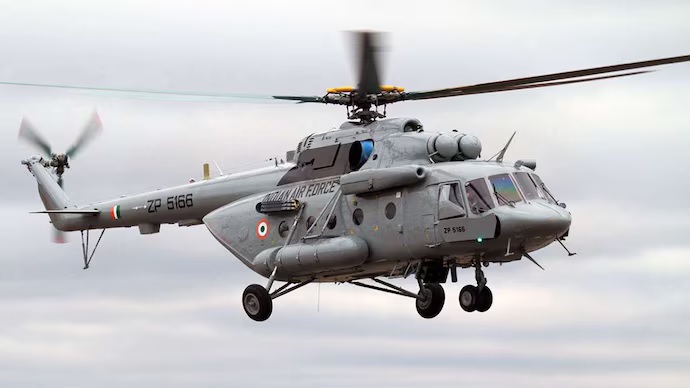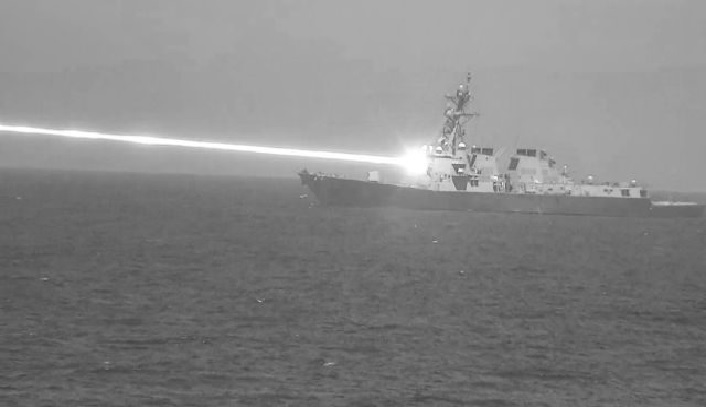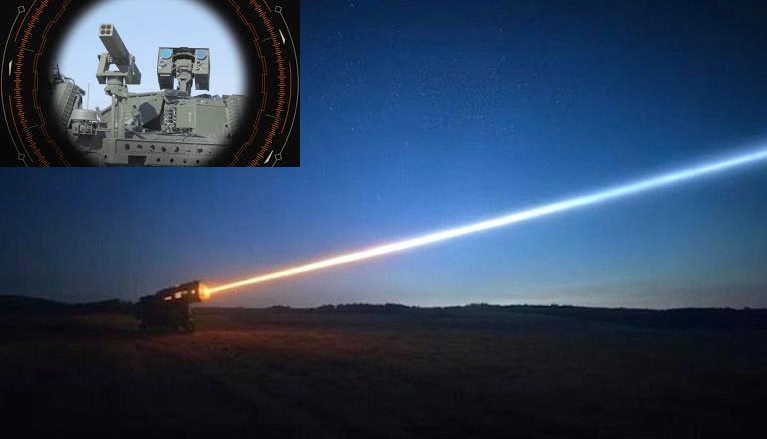IAF Initiates First-Ever Domestic Overhaul of Mi-17 V5 Helicopter Engines; 50 Units Set for Initial Phase

In a landmark move for India's aerospace and defence sectors, the Indian Air Force (IAF) has issued its first-ever tender inviting private Indian firms to completely overhaul the engines of its Mi-17 V5 helicopters. This initiative underscores the IAF's commitment to indigenizing critical maintenance operations and strengthening public-private partnerships in the defence ecosystem.
A Bold Step Towards Domestic Capability
The IAF's Request for Proposal (RFP) specifies the overhaul of 50 TV3-117VM engines, which power the Mi-17 V5 helicopters. The key requirement is that the entire overhaul process must be conducted within India, a mandate aimed at fostering indigenous aerospace expertise. This decision marks a significant departure from past practices, where such high-level maintenance was carried out in collaboration with the original Russian manufacturers or other foreign entities.
The project will be overseen by the No. 3 Base Repair Depot (BRD) in Chandigarh, which has long been responsible for maintaining Russian-origin helicopters. Although No. 3 BRD has the capability to overhaul some Mi-series components, its capacity to handle complete engine overhauls is limited. By outsourcing the work to Indian private firms, the IAF seeks to bridge this gap while simultaneously bolstering domestic technical expertise.
Why the Mi-17 V5 is Critical for the IAF
The Mi-17 V5 helicopter, manufactured by Kazan Helicopters of Russia, is a modern and versatile platform that serves as the backbone of the IAF's medium-lift rotary-wing fleet. With over 220 Mi-17 variants in service, the helicopter plays an indispensable role in the IAF's tactical operations, including:
- Troop Transport: Swiftly deploying personnel to strategic locations.
- Logistics Support: Transporting essential supplies in remote and challenging terrains.
- Search and Rescue: Assisting during natural disasters or emergencies.
- Special Operations: Conducting assault and counter-terrorism missions.
- Disaster Relief: Providing aid during floods, earthquakes, and other calamities.
The Mi-17 V5 is powered by two TV3-117VM turbo-shaft engines, each capable of generating 2,200 horsepower, enabling the helicopter to carry a maximum payload of 4,000 kg. It has a range of 580 km and a maximum speed of 250 km/h, making it ideal for high-altitude and rugged environments. Additionally, the V5 variant features advanced avionics, night vision capabilities, and an onboard weather radar, enhancing its operational flexibility.
Strengthening Self-Reliance
This tender is part of a broader push by the Indian government to achieve self-reliance in defence manufacturing under the "Make in India" initiative. The outsourcing of engine overhauls to domestic players reflects growing confidence in Indian firms' technical capabilities. Over the years, these firms have indigenized numerous aircraft components and spare parts, but this marks a significant shift in their involvement, extending to critical engine maintenance.
Challenges and Opportunities
The move is not without challenges. Overhauling complex engines like the TV3-117VM requires specialized knowledge, state-of-the-art facilities, and stringent adherence to quality standards. Indian firms will need to invest in these capabilities while ensuring timelines and performance benchmarks are met. However, the opportunities are immense. Success in this project could position Indian firms as global players in aerospace maintenance, repair, and overhaul (MRO) services.
For the IAF, this initiative will reduce dependence on foreign vendors, cut maintenance costs, and ensure faster turnaround times for its fleet, enhancing operational readiness. For Indian industry, it opens new doors for collaboration, innovation, and growth in the high-tech aerospace sector.
The Road Ahead
As the IAF prepares to evaluate bids for this project, the domestic aerospace industry stands at the threshold of a transformative opportunity. If executed successfully, this initiative could serve as a model for future collaborations between India's armed forces and private industry, paving the way for a more self-reliant defence sector.
The overhaul of the Mi-17 V5 helicopter engines is not just a technical milestone but a symbol of India's growing capabilities in defence and aerospace—a leap forward in its journey toward self-reliance and global competitiveness.



